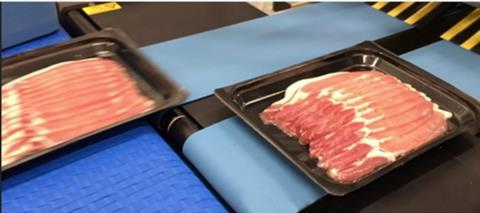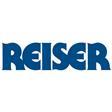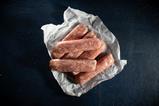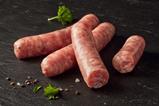Reiser UK’s packaging specialist, Mike Carrington, explains why manufacturers should weigh up the ‘whole package’ when it comes to ensuring product packaging is both truly environmentally sound and sustainable.

Today’s businesses rightly have Environmental, Social and Governance (ESG) standards to meet. Food and meat packaging is front and centre of that and the sector itself, including its suppliers, have all made great strides towards a sustainable future, reducing waste and increasing efficiency. Politicians and regulators also play an important part in providing a suitable infrastructure too.
For example, the extended producer responsibility for packaging (pEPR) was due to start in October 2024 but was deferred until October 2025 by the former Conservative Government. The scheme is designed to make producers responsible for the entire cost of recycling the packaging they put on the market by charging fees on the materials used.
As The Food and Drink Federation has said about the scheme: “Food manufacturers along with other parts of the value chain intend to provide their expert advice and to work with the UK and devolved governments to deliver a world leading EPR system.” However, as suppliers, like Reiser UK and manufacturers, have warned the whole issue around reducing the environmental impact of packaging is complex and will place substantial new costs on the UK’s food producers, much of which may get passed on to consumers.
As Mike Carrington, packaging specialist at Reiser UK says: “There needs to be an assurance that the pEPR will drive whole system change. This is not only about how companies use packaging but also about how consumers engage with new recycling systems and how councils operate waste collections and help drive up recycling rates.”

When it comes to meat packaging Mike emphasises it’s about being both sustainable and fit for purpose: “It’s the type of materials used by manufacturers and the product going into them that needs to be top of the consideration list. Meat is a high-value product so it’s essential that the whole picture is looked at when it comes to choosing the right packaging to avoid both compromising product integrity and ensuring that packaging is truly successful and sustainable.”
He continued: “There are some materials, like cardboard, that are perceived as environmentally friendly, but they may not be really suited for the application manufacturers may want to use them for.
“We have expertise in both food packaging and processing. We have expertise in the prep, the portioning and loading side of operations so as a result we provide the machinery for the most suitable packaging…not just something that ticks the perception of being environmentally friendly, sustainable and reusable, when it’s not. The last thing we want manufacturers to do is sacrifice the integrity of the product on the altar of greenwashing, potentially attracting complaints from their customers and consumers further down the line!”
He cites any type of board or cardboard as an example. “To get any kind of depth to a pack is nigh on impossible as it simply tears, unless a pre-made tray is used, with consequent increase in pack weight and transport costs. However, using our Rapid Air System on the Variovac horizontal form/fill/seal thermoformer means we can form shallow packs that are fit for purpose, reducing material thickness, while maintaining pack integrity and consequently a product’s shelf life. However, it’s all about horses for courses and what works for one manufacturer or brand, may not suit another.”
“Involving people like ourselves in the early part of packaging planning means ensuring specifications and performance for packaging are optimised.”
Mike Carrington, packaging specialist at Reiser UK

Other factors that need to be taken into account include weight, distribution and how packaging will impact a product’s appearance.
At the company’s Customer Centre in Milton Keynes customers have an open invitation to test out equipment on their products and see for themselves that packs can be formed with the correct barrier properties.
“I want to help customers see the bigger picture,” continued Mike. “Involving people like ourselves in the early part of packaging planning means ensuring specifications and performance for packaging are optimised. Focusing on the suitability of a material for the meat being packed does depend on the process the product goes through before it gets into the pack.
Clearly product, pack, loading and speed are key when it comes to being truly sustainable. Reiser’s offering covers semi-rigid and skin and flexible vacuum packaging with seal reliability through its Variovac lines. Its Supervac system is for vacuum and shrink bags that eliminate leaks, having two seals on every item.

















